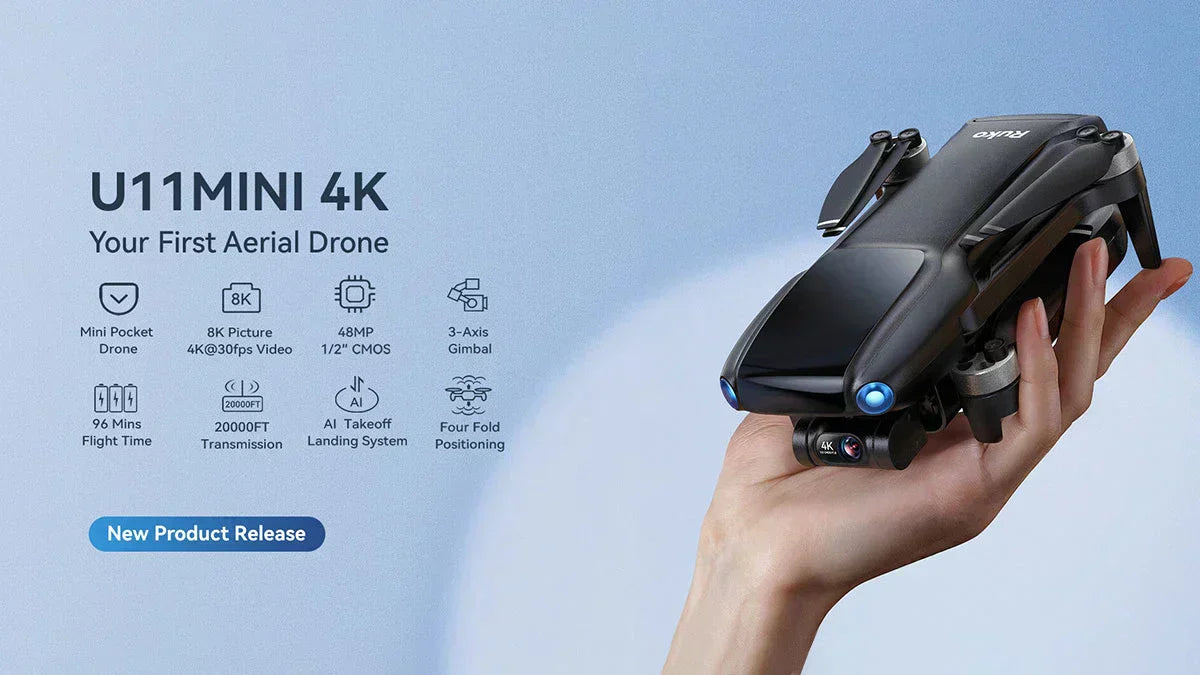What do drone enthusiasts know about the temperature suitable for flying a Ruko drones? It accompanies us in our non-stop exploration of wonderful journeys and needs us to know more about it. In this blog, we will introduce the appropriate temperature for drone battery performance, unsuitable flight scenarios and pre-flight checklist. Let's get more into drones.
1.Optimal Temperature Range
The best recommended flying temperature for drones is 77 degrees Fahrenheit, and the functions of drones will be more stable in this temperature range. Of course, the normal operating temperature of most drones can be between 32 and 104 degrees Fahrenheit, but if low temperatures are encountered there may be a decrease in battery capacity, voltage instability each, and even cause sudden power outages. Of course, you can also preheat the battery to 68 degrees Fahrenheit before flying, which can alleviate power outages to some extent. Every degree drop in temperature affects battery cruise. If the high temperature in this range is flown, it may lead to battery bulge, insufficient heat dissipation of the motor and may trigger high temperature protection and cause the automatic landing of the drone.
2. Avoid Flying in These Scenarios
The first is thunderstorms, where lightning may damage the drone's electronics. The second is sand or dust storms that may cause immediate gifts to enter the motors causing wear and tear. When the humidity in the air is greater than 80%, it may corrode the circuitry increasing the risk of short circuit . When flying at an altitude greater than 4,000 meters, the thin air can lead to a decrease in the efficiency of the spiral wing, so it is also not recommended to fly here.
3.Pre-flight checklist
The most important thing before the flight is to check the status of the battery, the power is greater than 80 and there is no bulge, the temperature is normal, you can start the flight. Best of all, you can charge your batteries before you fly. The weather forecast can also provide us with a reference to the favorable flight environment, such as wind speed, precipitation, visibility is in line with the requirements.
Summary
The safe operating temperature range of drones is usually 0°C to 40°C (consumer models), beyond which extra caution is required, with the main risks focusing on reduced battery performance and reduced stability of electronic components. To ensure safe flight, key measures include: real-time monitoring of equipment temperature, strict management of battery status (such as preheating or cooling), and avoiding prolonged operation in extreme environments. Following these principles can effectively reduce the risk of accidents and extend the life of the equipment.








